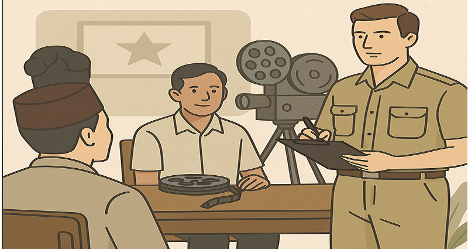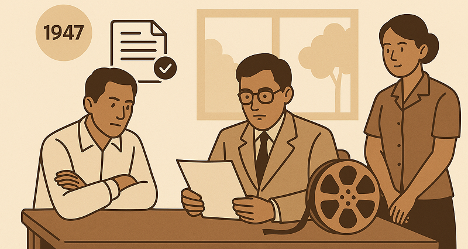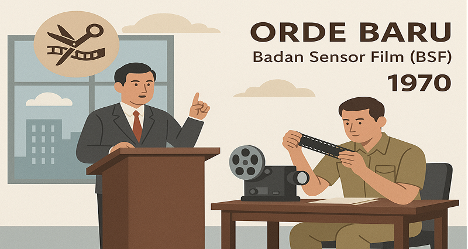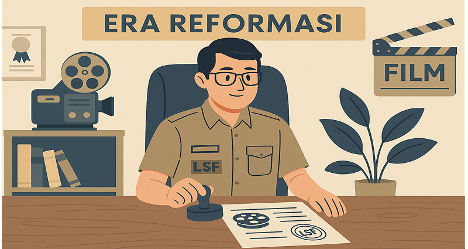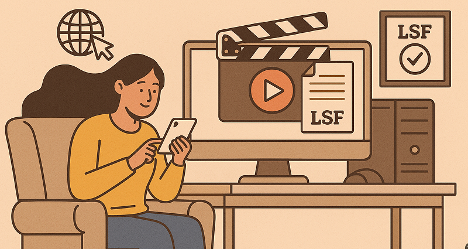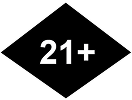Colonial Era: Formation of the Film Examination Commission (KPF)
1916–1942
The Dutch colonial government established the Commissie voor de Keuring van Films (KPF) on March 18, 1916, to censor films to be screened in the Dutch East Indies. Its aim was to control information and prevent the spread of ideologies that conflicted with colonial interests.
Post-Independence: Film Examination Committee (PPF)
1945–1965
After Indonesia’s independence, the KPF was reformed into the Film Examination Committee (PPF) in 1945. Its role remained film censorship, but with a spirit of preserving the newly established national values.
New Order Era: Film Censorship Board (BSF)
1965–1992
During the New Order regime, the PPF was transformed into the Film Censorship Board (BSF) through Ministerial Decree No. 46/SK/M/1965. The BSF played a vital role in controlling film content to align with government ideology and policy.
Reformation Era: Film Censorship Institute (LSF)
1992–2009
BSF was transformed into the Film Censorship Institute (LSF) in 1992, marking a more democratic era of film censorship. LSF aimed to balance freedom of expression with social responsibility in the film industry.
Digital Era: LSF under the Film Law
2009–Now
With the enactment of Law No. 33 of 2009 on Film, LSF strengthened its role in censoring films, including those distributed via digital platforms. LSF now faces new challenges in regulating online film distribution
